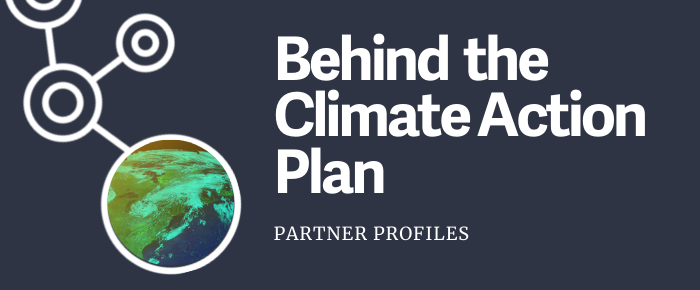
Behind the Climate Action Plan: 3Qs with Steve Lanou, Office of Sustainability

MIT's operational staff and academic community are key partners to MITOS and in reaching MIT's climate goals. To highlight this, we feature the contributions of operational, academic, and administrative staff in the monthly newsletter, the MITOS Digest, and the Thought Leadership blog. Peek behind the curtain of the climate action plan into the day-to-day implementation of MIT's bold commitments and read Steve Lanou's response to 3Qs below.

